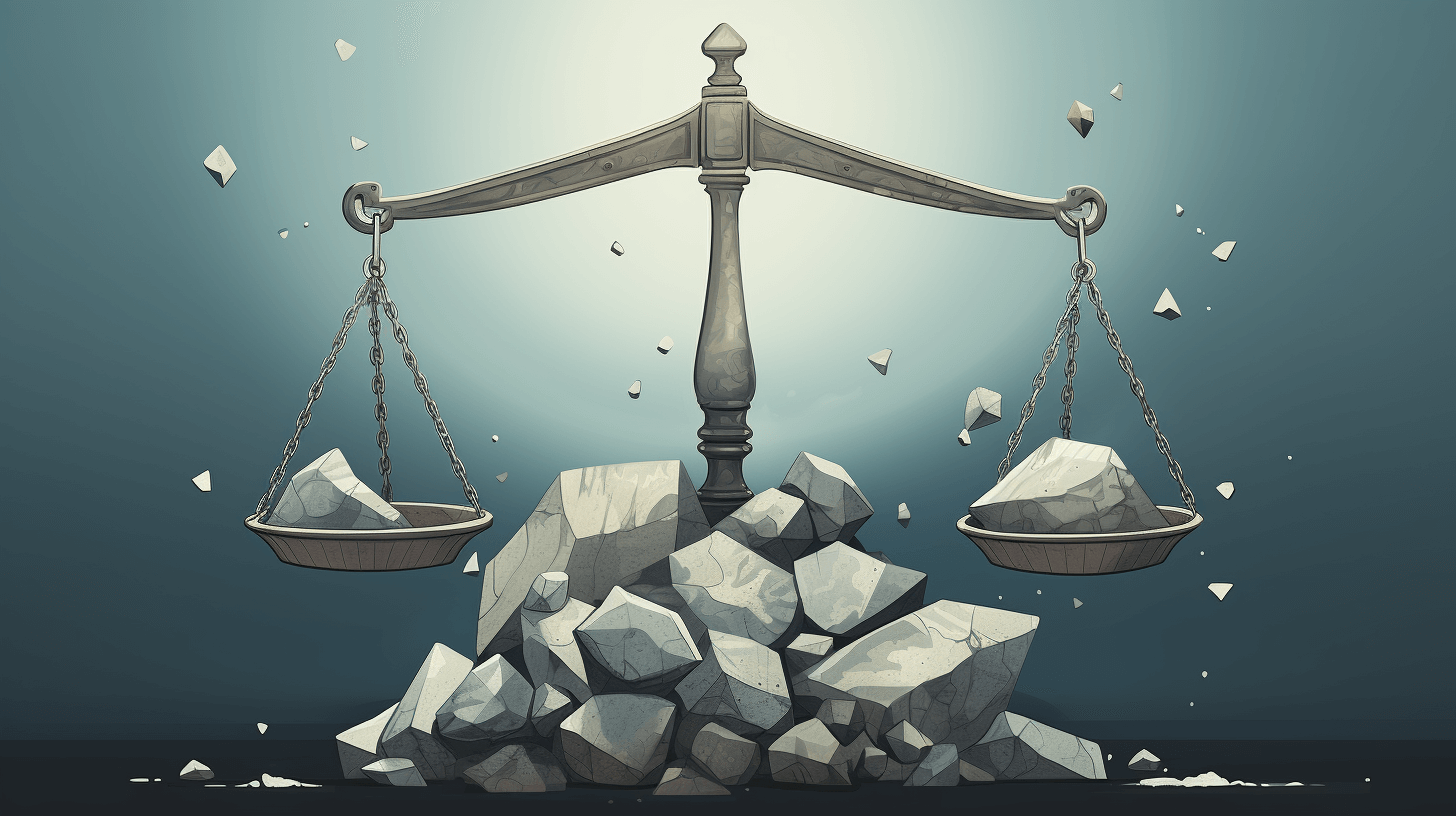September 18, 2025

Felonies represent the most serious category of crimes in the legal system. Unlike misdemeanors, which may result in fines or short jail terms, felonies can bring years—or even life—behind bars, heavy fines, and collateral consequences that follow defendants long after a case ends.
The legal side of a felony isn’t just about punishment. It involves constitutional protections, complex procedures, plea negotiations, and long-term impacts on families, careers, and civil rights. Just as The Legal Side of a Trial, The Legal Side of a Verdict, and The Legal Side of a Sentence explain key stages of the justice process, felonies weave all of those stages together into some of the most high-stakes legal battles.
What Is a Felony?
Legally, felonies are defined by their severity:
Each jurisdiction classifies felonies differently, often broken into classes (Class A, B, C, etc.) depending on severity.
Felony vs. Misdemeanor
The primary difference lies in punishment and stigma:
This distinction is crucial when considering plea deals (see The Legal Side of a Plea Bargain), as many defendants negotiate to reduce felonies to misdemeanors.
Constitutional Protections in Felony Cases
Felony prosecutions trigger nearly every constitutional safeguard:
The Felony Process: Step by Step
Types of Felonies
These categories carry distinct sentencing structures and collateral effects.
Sentencing in Felony Cases
Felony sentencing depends on:
For example, a client convicted of trafficking may face harsher penalties than one who negotiates a plea. This parallels decisions in Settlement vs. Trial: Which Is Right for Your Injury Case?.
Collateral Consequences of Felonies
Beyond prison, felonies affect:
Defense Strategies in Felony Cases
Attorneys may:
These strategies echo the importance of clear communication and preparation, as explained in Why Communication Matters When Choosing a Law Firm and A Guide to Our Fee Structure for Criminal Defense Cases.
Case Studies: Felonies in Practice
The Human Side of Felony Charges
Felony charges don’t just affect the defendant. Families face uncertainty, businesses face disruption, and futures are permanently reshaped. Attorneys must provide both legal and emotional support, much like described in Our Family Law Services: Compassionate Counsel for Divorce & Separation and Why Our Firm Is the Right Choice for Your Elder Law Needs.
Conclusion
The legal side of a felony shows why these cases are the backbone of the criminal justice system. They carry the harshest penalties, deepest constitutional questions, and widest collateral effects. From The Legal Side of an Arrest through The Legal Side of a Pardon, felony cases touch every stage of law.
With experienced legal representation, defendants can navigate this high-stakes process, challenge violations of rights, and pursue outcomes that preserve futures and freedoms.
Stay up to date with the latest tips, expert insights, product reviews, and step-by-step guides to help you grow, create, and succeed—no matter your industry or passion.